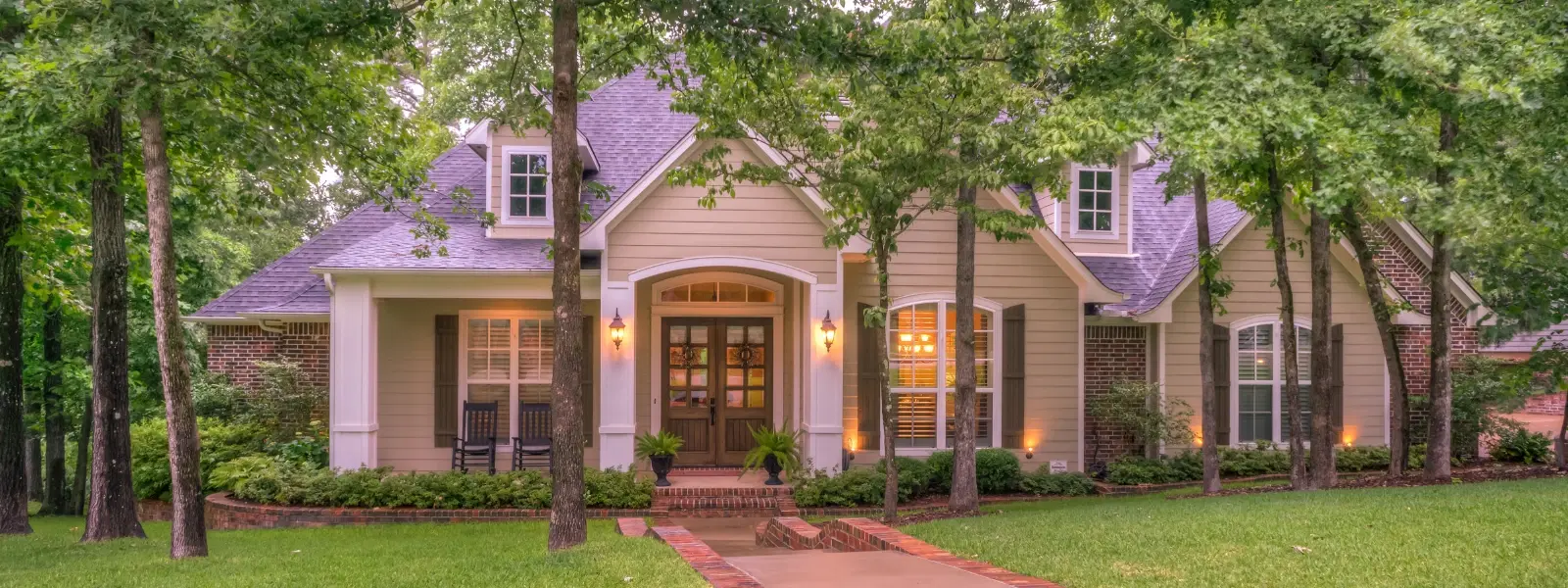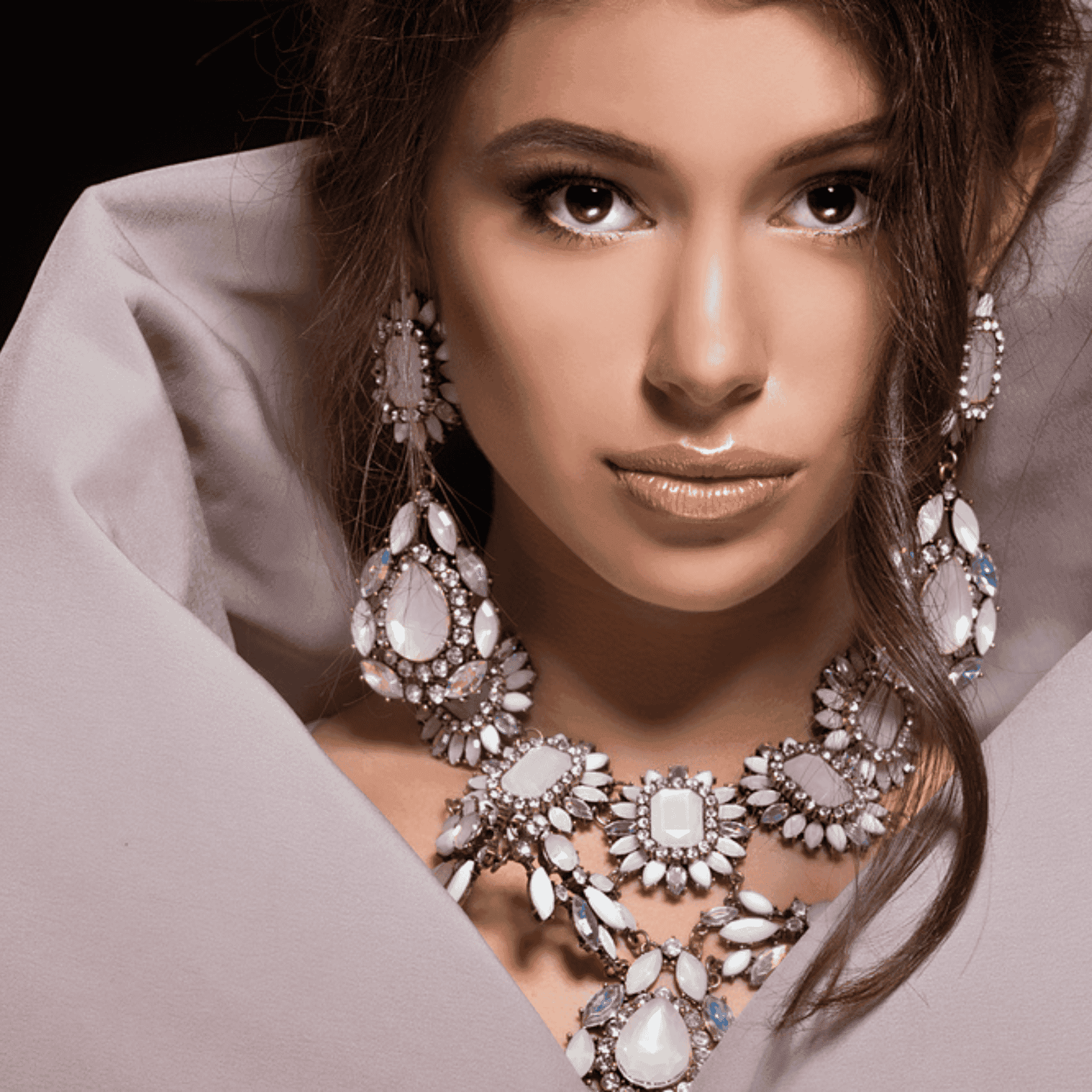
Luxury Edit
•04 min read
-8704a161-e35d-4932-b982-017add6889b1.png&w=3840&q=75)
The modern landscape of luxury is undergoing a fascinating transformation. Today, sustainability sits right at the heart of fashion and lifestyle. In this blog, we explore the concepts of eco luxury and green luxury. Readers will learn how each term offers a unique approach to sustainable living, and discover which path might best suit an eco-friendly lifestyle while celebrating luxury sustainability.
Eco luxury blends the allure of high-end indulgence with a commitment to the environment. This approach uses eco-conscious design techniques and sustainable materials to create products that minimize environmental impact. From luxury eco resorts that emphasize low energy consumption to environmentally friendly luxury products crafted with renewable resources, eco luxury is all about reducing your ecological footprint while embracing opulence.
Green luxury explores a broader vision by integrating sustainable practices not only into products but also into every step of the production process. It puts the spotlight on initiatives like renewable energy adoption and responsible sourcing. Green luxury also emphasizes social impact by supporting ethical luxury measures, such as fair wages and local community development. It is a holistic approach that reimagines how luxury can nurture both the environment and society.
Although eco luxury and green luxury share a common goal of fostering sustainable living, their focus areas diverge. Eco luxury stresses reducing environmental harm while sustaining exclusivity, and green luxury balances indulgence with a broader commitment to social and ecological well-being. The nuance between these two lies in their emphasis – individual lifestyle changes versus systemic environmental transformation.
At the core of eco luxury are practices that aim to protect our environment without compromising on style. This approach is driven by eco-conscious design which involves using sustainable resources like bamboo, reclaimed wood, and organic fabrics. Luxury eco resorts offer guests a chance to experience nature responsibly. Additionally, the creation of environmentally friendly luxury products centers around reducing carbon footprints and ensuring resource-efficient production. These principles appeal especially to those who see fashion as a form of self-expression and identity.
Green luxury manifests in a commitment that extends from production to consumption. It involves ethical luxury practices such as fair trade and ensures that labor practices are responsible and just. Many green initiatives focus on incorporating green solutions like solar panels and wind turbines to power operations efficiently. Importantly, this approach deeply supports local socio-economic development by emphasizing collaborations with local artisans and communities, thus merging luxury with broader societal contributions.

When comparing environmental impact, eco luxury typically concentrates on reducing the direct ecological footprint through sustainable living practices and eco-conscious design. On the other hand, green luxury aims at systemic change by addressing issues such as deforestation and waste accumulation. This distinction shows that while both prioritize sustainability, eco luxury is often more product and experience oriented, whereas green luxury encompasses wider ecological and social responsibilities.
For consumers, the appeal of eco luxury lies in its promise of unique experiences, like a stay at luxury eco resorts, that offer a blend of indulgence and nature. It caters specifically to travelers looking for an escape that is aligned with their eco-friendly lifestyle. Conversely, green luxury offers a more comprehensive connection to local traditions and values. It emphasizes responsible travel and cultural immersion, ensuring that every experience is intertwined with ethical and sustainable practices.
In the realm of eco luxury, you'll find products ranging from luxury green products to eco-conscious designs in home décor and fashion. Meanwhile, green luxury projects often include community development initiatives and renewable energy installations. Together, these examples highlight how both approaches pursue luxury sustainability, each in their own distinct manner.
Brands looking to integrate eco luxury into their offerings can do so by emphasizing eco-friendly luxury products and collaborating with innovative eco-conscious designers and architects. Many brands are now promoting sustainable tourism through luxury eco resorts that are designed with minimal environmental impact. These practices allow a brand to showcase an eco-friendly lifestyle while maintaining authenticity and high-quality craftsmanship.
To embrace green luxury fully, brands should invest in renewable energy technologies for their operations, support local communities through socio-economic development initiatives, and push for ethical luxury practices. This includes ethical sourcing, providing fair wages, and ensuring that every step of the design process reflects a commitment to sustainability. Such strategies ensure that luxury not only reigns in product excellence but also champions a broader responsibility towards our environment and society.
Insight Corner: "Did You Know? Eco Luxury and Green Luxury Are Shaping the Future of Travel"
A growing number of travelers are seeking experiences that combine indulgence with sustainability. This shift highlights the importance of integrating renewable energy, ethical sourcing, and sustainable living into every aspect of luxury. The blend of nature and upscale living is redefining how we see travel and indulgence.

Conscious consumers play a key role in driving the shift towards luxury sustainability. Every choice, whether it is opting for eco-conscious design pieces or investing in environmentally friendly luxury products, contributes to reducing our collective footprint. Adopting an eco-friendly lifestyle means valuing quality, authenticity, and innovation in every aspect of life, from clothing to home décor. It is about celebrating a style that reflects personal identity and responsibility.
Consumers can further support sustainable living by choosing luxury green products that prioritize ethical sourcing. By investing in products that are designed with renewable energy and eco-friendly technologies, buyers help promote a future where luxury and sustainability coexist. Every decision made in favor of sustainable luxury sends a message to the industry: responsible fashion matters, and it is a trend here to stay.
Eco luxury focuses on reducing environmental harm with exclusive design, while green luxury emphasizes social and ecological responsibility in a broader sense.
Yes, eco luxury resorts are designed to lower ecological footprints by incorporating renewable energy, sustainable materials, and eco-conscious designs.
Consumers should look for brands that demonstrate transparency in ethical sourcing and sustainable practices, often verified through recognized certifications.
Luxury green products can include items like solar-powered gadgets, organic skincare ranges, and furniture crafted from reclaimed materials.
While sustainable luxury may come with a higher initial cost, its durability and long-term benefits often make it a valuable investment.
Eco luxury and green luxury provide complementary paths to achieving luxury sustainability. Eco luxury emphasizes a refined blend of indulgence and environmental mindfulness through eco-friendly products and designs, while green luxury takes a broader view by embedding ethical practices and social responsibility into every facet of luxury. Together, they pave the way for a future where living lavishly also means living responsibly. As the industry evolves, consumers continue to play a pivotal role in driving this change by making choices that support an eco-friendly lifestyle and demonstrate that luxury can be both beautiful and just.